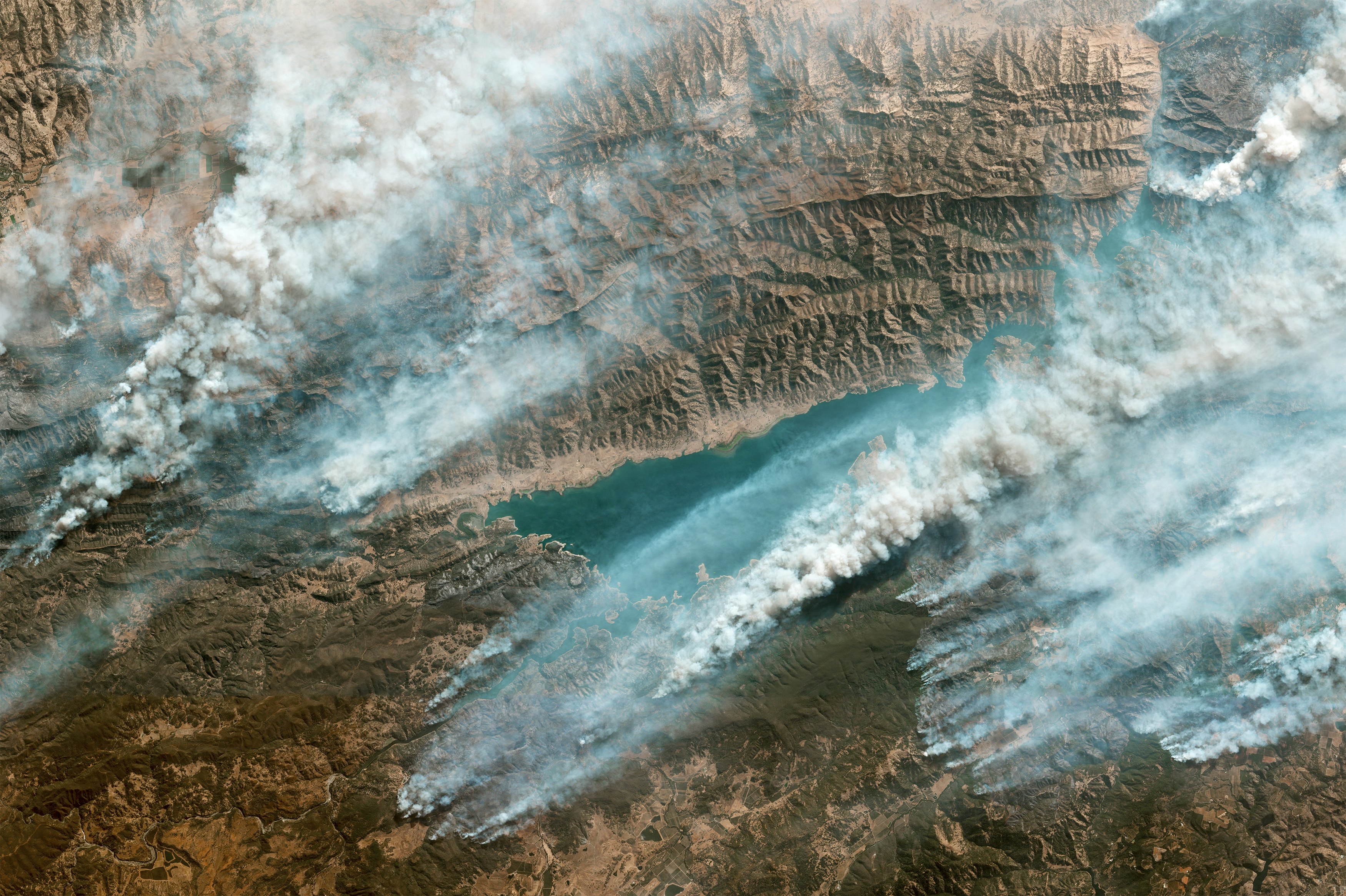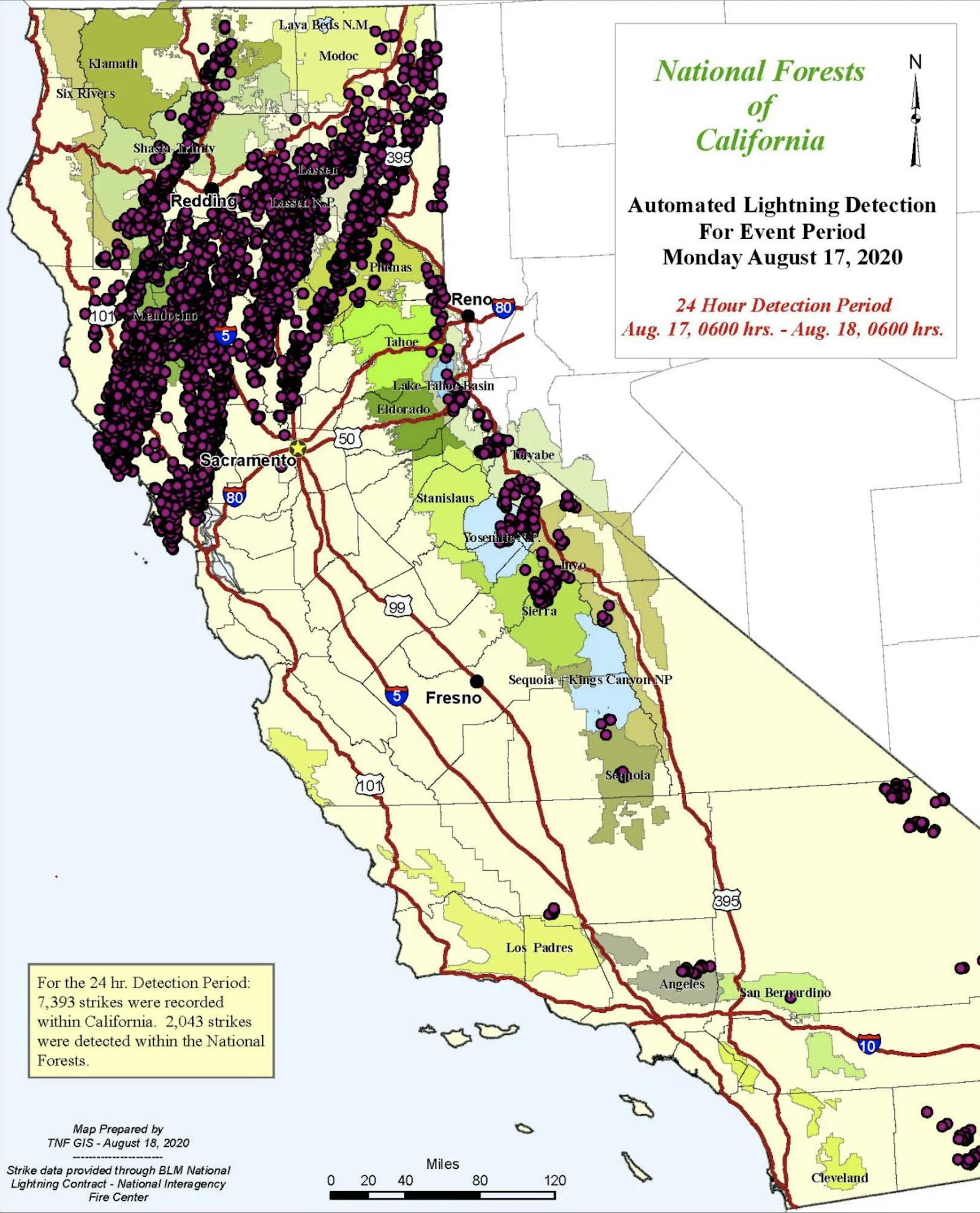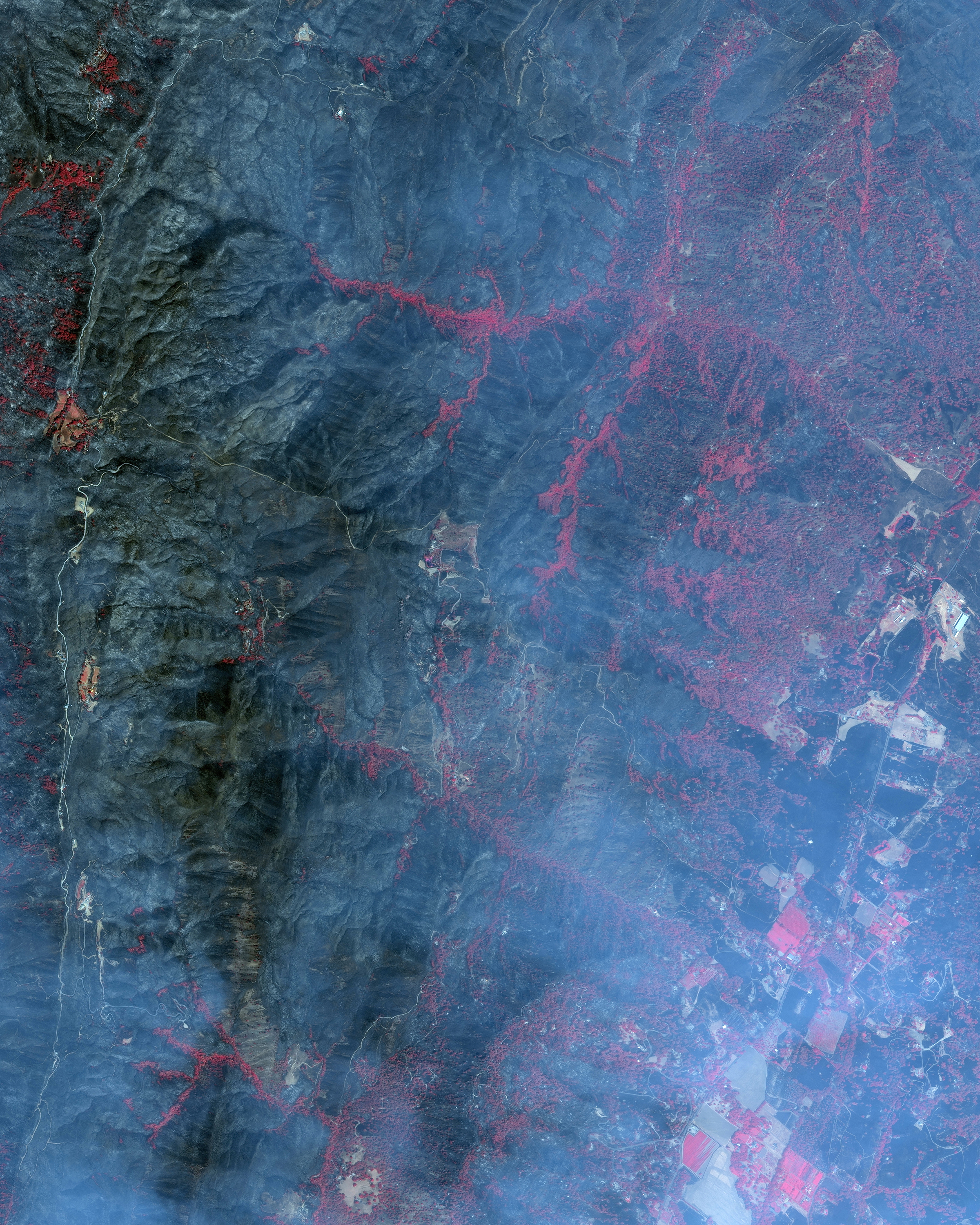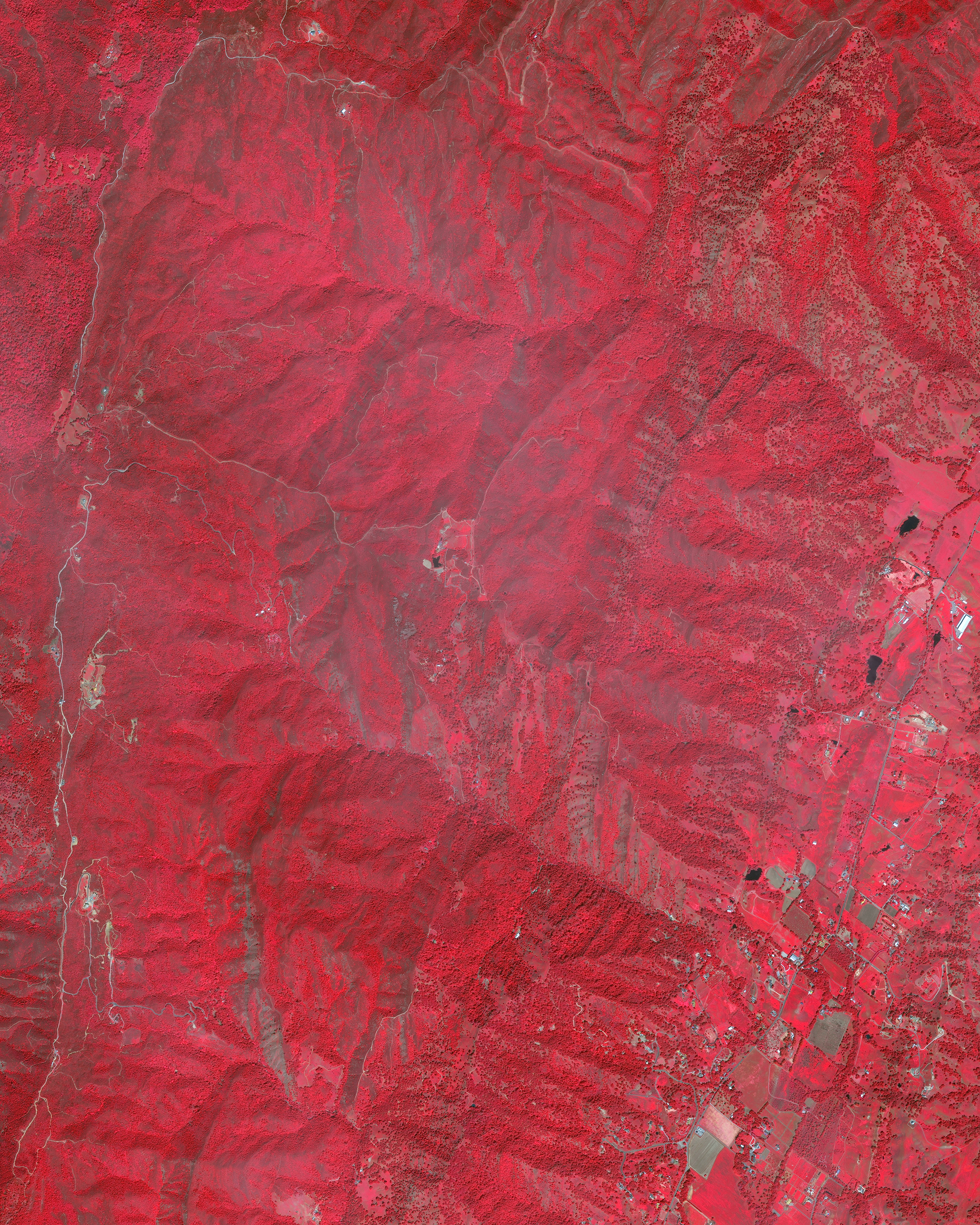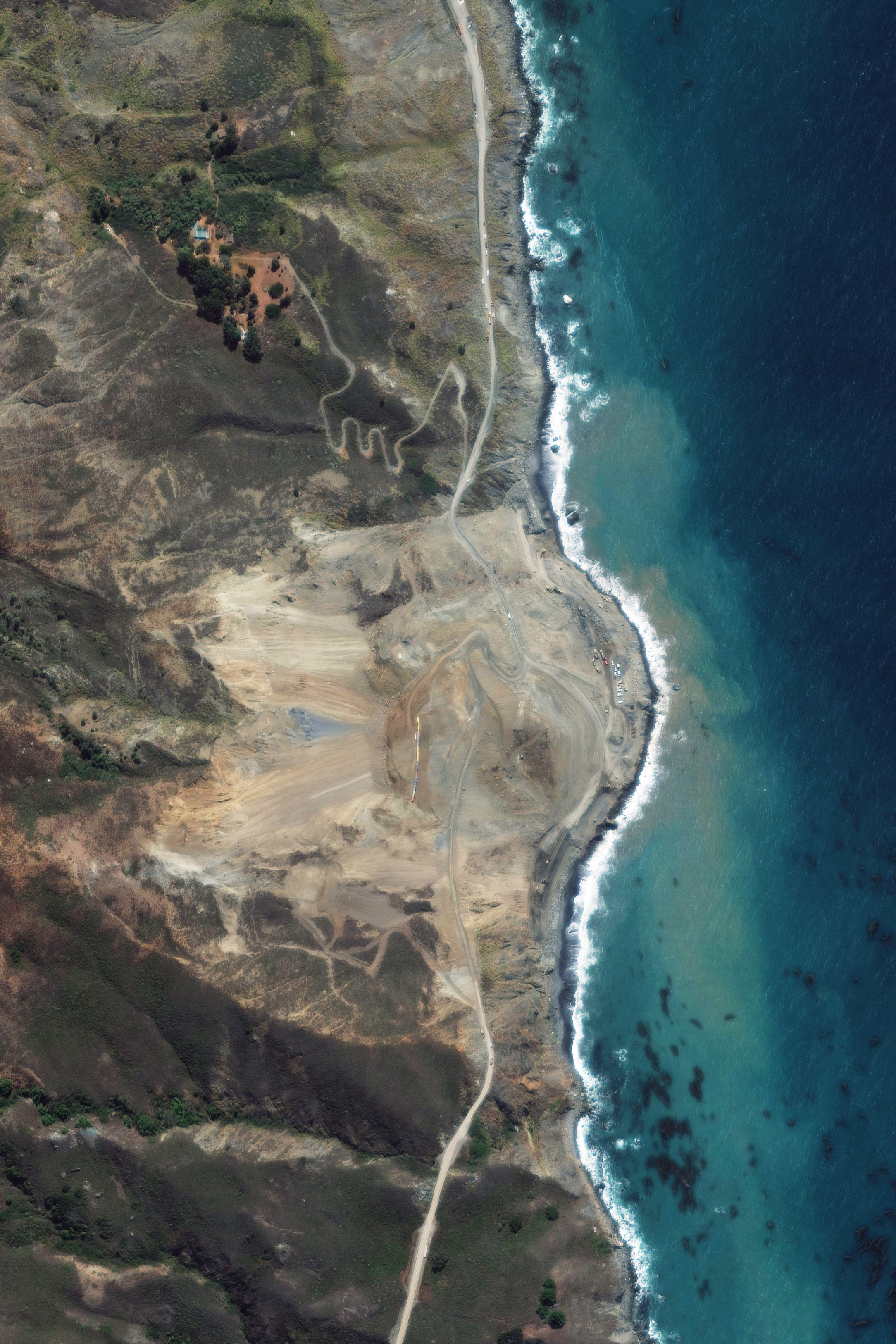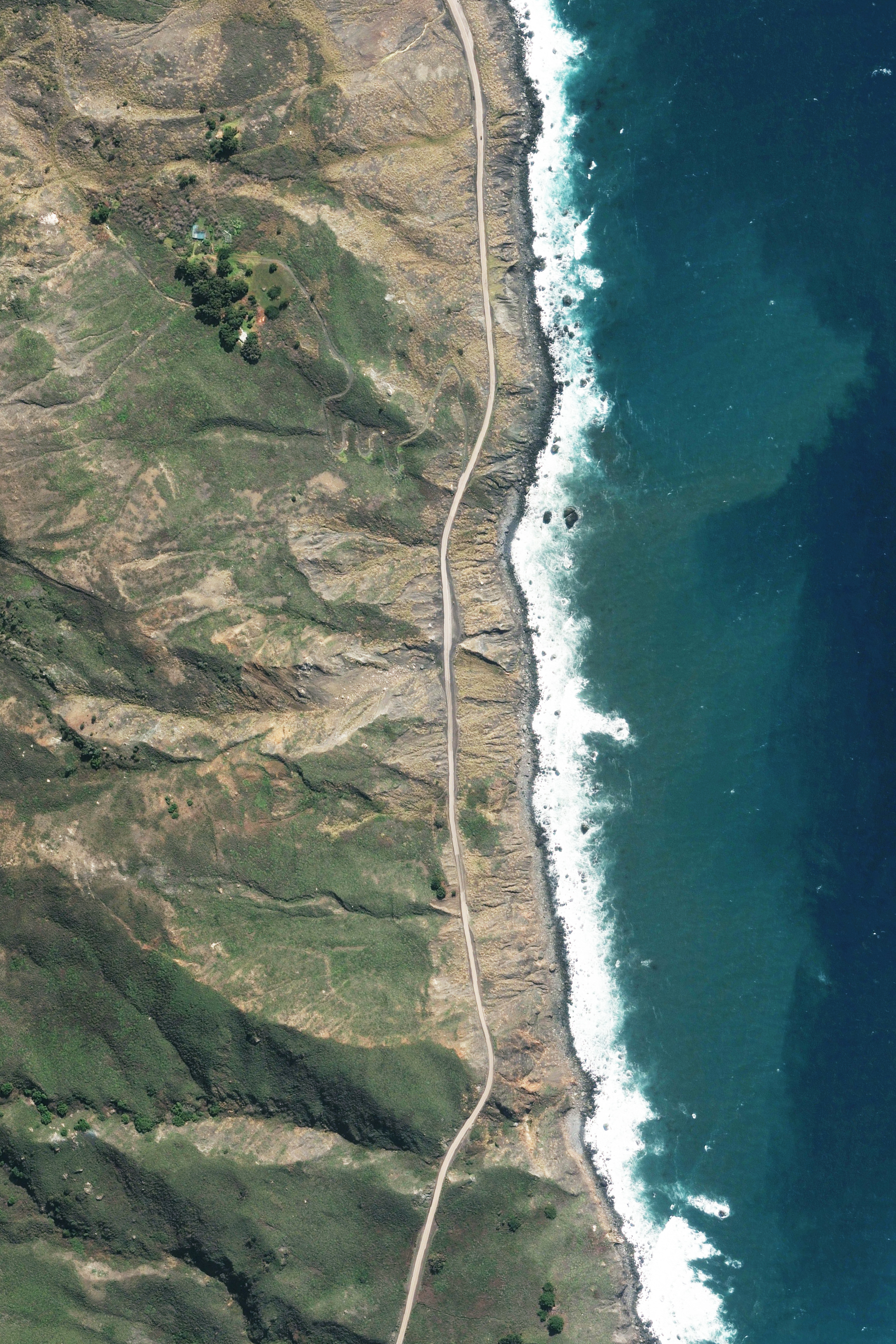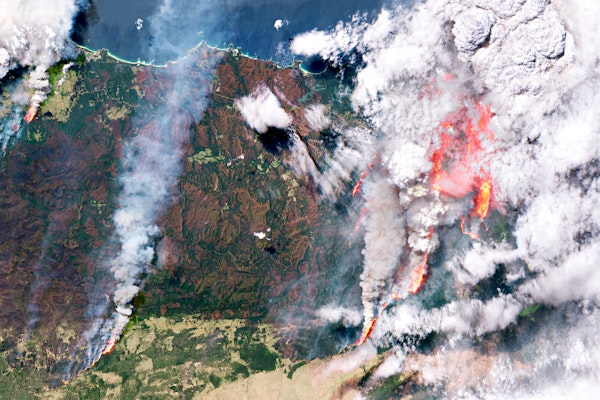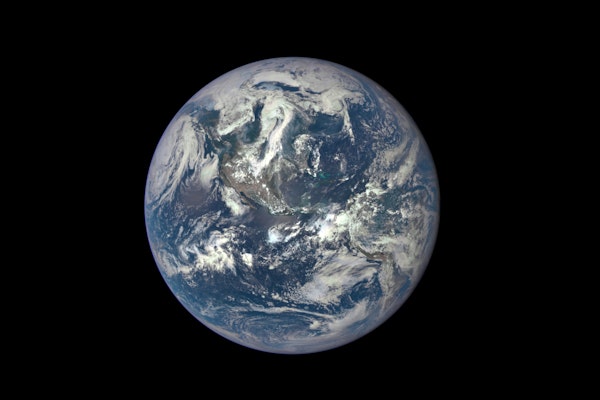But that’s only part of the perfect storm burning throughout the state. These fires have arrived in the midst of a global pandemic, an event that has hindered California’s ability to fight the flames. For many years, California has relied on prison inmates to help battle wildfires, but much of that force was released from jail early in an attempt to mitigate the COVID-19 threat in state prisons. The prison firefighting population, which usually numbers nearly 3,400, was only at 1,306 as of this weekend.
All of this burning, especially in wet coastal areas, often kicks off a chain of events that adds to the devastation caused by the flames. Hillsides rely on root systems to keep land in place, but with many of those roots damaged or destroyed in a fire, steep land is more susceptible to landslides and mudslides. Less than a year after wildfires swept through Big Sur in the summer of 2016, the area suffered its largest landslide, piling six million tons of rock and dirt over a quarter mile section of Highway 1, knocking out the Pfeiffer Canyon Bridge, and closing the road for over a year.
